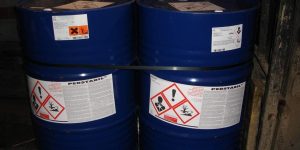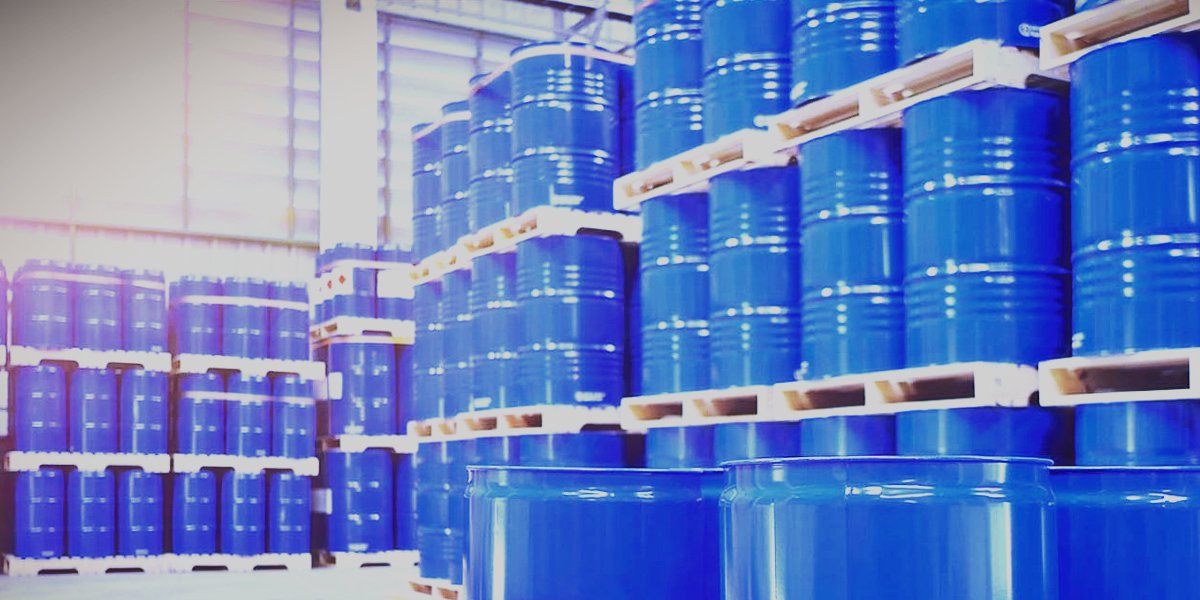PERC is a term that has been floating around for a couple of years and has become a buzzword of sorts. But what is it? Is it bad for the environment? Is it safe for the environment? PERC is used in many industries, including the dry cleaning industry. It is also used in metal degreasing, textile manufacturing, and as a solvent in the printing industries. Studies have shown that workers in these industries are at an increased risk of exposure to PCE. The blog will answer all these questions and more!
Conventional Dry Cleaning – An Overview

Conventional dry cleaning is a process that has been used for centuries to clean clothes and other fabrics. It involves using a chemical solvent other than water. The solvent is usually a petroleum-based product, and it works by dissolving dirt and stains from the fabric. The garment is then placed in a drying cabinet to evaporate the solvent.
Introduction To PERC

PERC, short for Perchloroethylene, is a chemical solvent used in dry cleaning. It is also known as tetrachloroethylene, a colorless, volatile liquid with a sweet, ether-like odor. PERC has been used as a dry cleaning agent since the 1950s because it does a good job of removing soil and stains from clothing. It is also used as a degreasing agent for metal parts and in the production of some adhesives, electronics, and fabrics. PERC is classified as a probable human carcinogen by the U.S Environmental Protection Agency. (EPA) And the International Agency for Research on Cancer has classified it as a Group 2A carcinogen, meaning it is possibly carcinogenic to humans.
Is PERC Harmful
PERC is a synthetic, flammable liquid that evaporates quickly when exposed to air. Exposure to PERC can occur through inhalation, skin contact, and eye contact. PERC can irritate the skin, eyes, and respiratory system. PERC is also a central nervous system depressant, and exposure to high levels of PERC can increase the risk of cancer. If you are exposed to PERC, it is important to remove any
contaminated clothing and wash the affected area with soap and water.
According to the study by Frontiers in Public Health, 60–65% of dry cleaners use PERC as their primary solvent.
PERC Exposure
According to Toxics Use Reduction Institute (TURI), the prevalent route of PERC exposure can occur both through inhalation and dermal absorption. Inhalation exposure can occur when dry cleaning chemicals are used in a confined space, such as a dry cleaning facility. Dermal absorption can occur when clothing that has been dry cleaned comes into contact with the skin. Some occupational studies measured the exposure to PERC as 59 parts per million (ppm) among dry-cleaning workers. Whereas the US Occupational Safety and Health Administration (OSHA) permissible exposure limit (PEL) for PCE is 100 ppm for an 8-hour day.
Primary Sources Of PERC Exposure

-
Perc-containing cleaning solutions: This is the most significant source of perc exposure for dry cleaners. When these solutions are used, perc can evaporate into the air and be inhaled by workers.
-
Perc-containing wastewater: When perc-containing wastewater is generated during the cleaning process, it can be released into the environment, where it can be inhaled or ingested by people and animals.
-
Release of perc into the air: The release of perc into the air during the drying process is also a significant source of exposure. When perc-containing clothing is placed in a dryer, perc can be released into the air and inhaled by people nearby.
-
Perc in the dry cleaning machine: The most common is through the use of dry cleaning machines. When these machines are not properly maintained and cleaned, perc can escape into the air and be inhaled by workers.
Secondary Sources Of PERC Exposure

Secondary sources of perc exposure include, If dry cleaned clothing is hung in an enclosed space, the perc fumes can build up and cause exposure. Additionally, workers who handle dry cleaned clothing can also be exposed to perc if they do not properly ventilate the area or wear proper protective clothing.
What Are The Health Effects Of PERC?

According to the data by Frontiers in Public Health, PERC exposure in humans has been associated with deficits in color vision and neuropsychological function. Given the potential health risks associated with PERC, it is important to take precautions if you are going to be working with or around this chemical. Make sure to wear proper protective gear, such as a respirator, and ventilate the area well.
Short-Term Exposure

Short-term exposure ie. The concentration of 200 ppm or more in humans by inhalation has resulted in eye and respiratory tract irritation, as well as central nervous systems such as dizziness, headache, and nausea. These effects are generally reversible with cessation of exposure. Dermal contact with PERC can also irritate, and Ingestion of PERC can result in abdominal pain, nausea, vomiting, and diarrhea.
Long-Term Exposure

Several case reports have described more serious effects, including liver damage, kidney damage, and certain types of cancer such as Hodgkin’s lymphoma and non-Hodgkin’s lymphoma. Repeated or prolonged contact may cause dermatitis. These health effects are thought to be caused by PERC’s ability to quickly enter the bloodstream and affect the central nervous system.
Are There Any Alternatives To PERC
There are few alternatives to perc that are considered to be safer. Green Earth solvents are made from vegetables and minerals and are considered to be the most environmentally friendly option. Another alternative to PERC is silicone, which is a synthetic polymer. Silicone is a non-flammable, non-toxic option for dry cleaning. It is also gentle on fabrics and does not cause shrinkage.
Are There Any Ways To Reduce The Risk Of Perc Exposure From Dry Cleaning?
-
Ensure that the dry cleaning facility is well-ventilated.
-
Clothing should be removed from the dry cleaning machines as soon as the cycle is complete to minimize exposure.
-
Dry clean clothing should be hung up to air out without being worn to further reduce the risk of exposure.
Regulations Adhere To Perchloroethylene
Perchloroethylene Is Regulated By Occupational Safety And Health Administration (OSHA), Food And Drug Administration (FDA), And Environmental Protection Agency (EPA).
Certain guidelines and the ways EPA introduced to regulate EPA are:
-
Introduction of the clean water act.
-
Strengthening the air toxic requirements for dry cleaners by implementing the phase-out of PCE used at dry cleaners located in residential buildings.
-
Implementing the risk management program to reduce emissions of PCE which includes, the use of exhaust fans, the installation of PCE-containing dry cleaning machines in a well-ventilated area, and the use of PCE-free dry cleaning solvents.
-
Implemented the MCAT-based equipment and work practice compliance standard to use a designated type of pollution prevention technology along with proper operating procedures.

Over To You
No doubt that PERC is a very effective cleaner as it deeply removes stains, but when it is improperly used, it can be harmful to your health. Modern dry cleaners use up to 50% less PERC than older cleaners, but it’s still not good to breathe in the stuff. Fortunately, some dry cleaners are able to use water, which is an environmentally friendly alternative. Like Get NimNim the dry cleaners in Boston and Miami are known for their eco-friendly products. uThey have a zero tolerance policy of using PERC in their dry cleaning process and give back your laundry smelling fresh and healthy.




